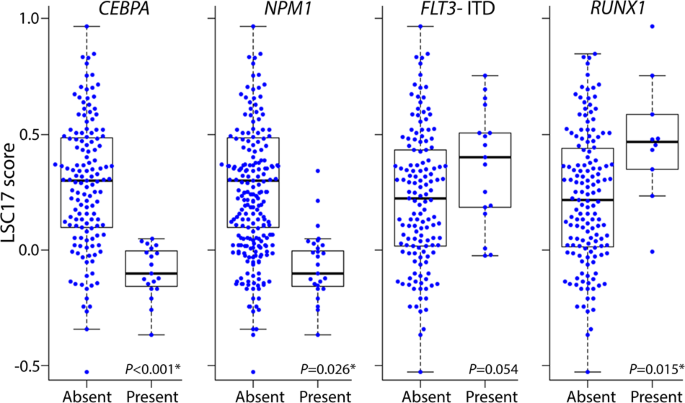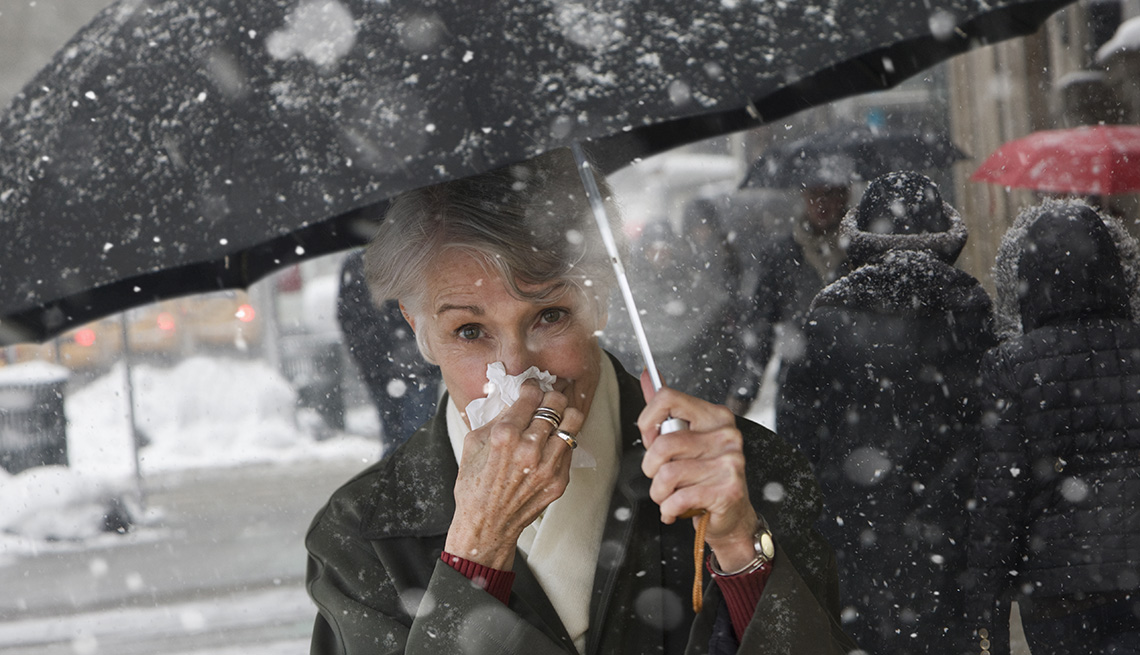
- Select a language for the TTS:
- UK English Female
- UK English Male
- US English Female
- US English Male
- Australian Female
- Australian Male
- Language selected: (auto detect) - EN
Play all audios:
Lire en français My research group has a 2,500 square-meter experimental maize trial growing in a farm in South Africa’s Free State Province, near the location of one of the southern
hemisphere’s biggest agricultural innovation shows. The annual exposition, Nampo Harvest Day, provides my postgraduate students and I the chance to walk some of the thousands of daily
visitors through our trial in Bothaville. We explain to the visitors how our studies on plant and flower biology help the agricultural sector tackle sunflower and maize diseases better, and
to evaluate planting dates more wisely to prepare for a future of changing climates and other environmental factors. The overarching goal is greater food security. My research group,
established in 2019, is based at the Forestry and Agricultural Biotechnology Institute (FABI) of the University of Pretoria (UP) in South Africa. Our Bothaville site is part of a larger
trial in six maize-producing districts in South Africa that is all funded by the non-profit organization representing grain producers of South Africa, Grain SA. We study the risks involved
in planting maize late. Drones fitted with multispectral and thermal drone cameras monitor how plant health changes over time. Some results have already shown a yield loss of up to 50% if
farmers plant a month later than optimum in a good year. We also study sunflowers. My interest in this crop started after I completed a PhD on eucalyptus tree genetics at UP in 2014, and
then spent five postdoc years at the University of California, Davis in the US, in Stacey Harmer’s lab. Harmer is an expert on how plants’ "internal clocks govern their daily
processes". Sunflowers are hardier than wheat and maize, delivering reasonable yields after heatwaves. During heatwaves, pollinators are active much earlier in the day, and one of my
students found that sunflowers release their pollen earlier under these adverse conditions. This synchronized response ensures pollination success and adequate seed set. Our field studies1
on a devastating sunflower disease called Sclerotinia head rot show that farmers can control the fungus causing it by aligning flowering time to the hottest period of summer, and
temperatures between 27 and 30 degrees Celsius. We recently started studying plant growth regulators as potential agents to control the disease.








